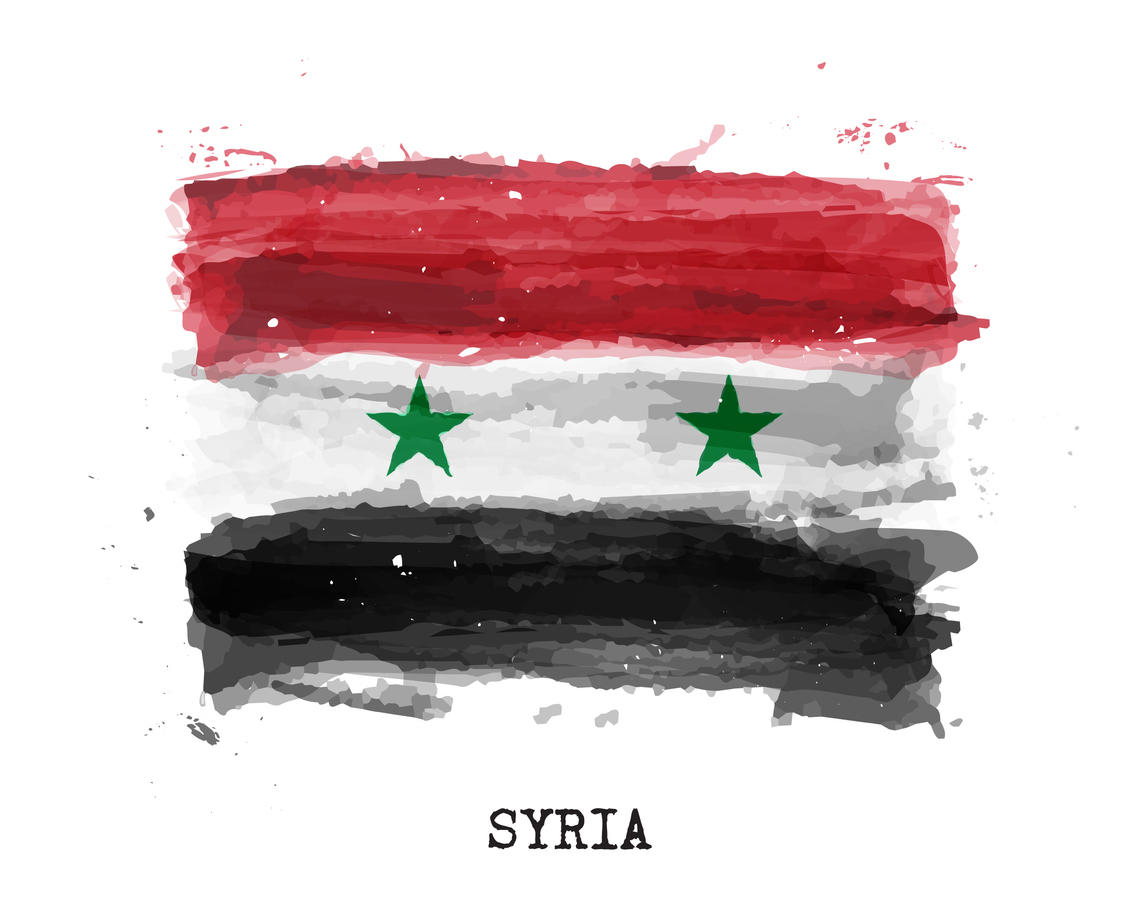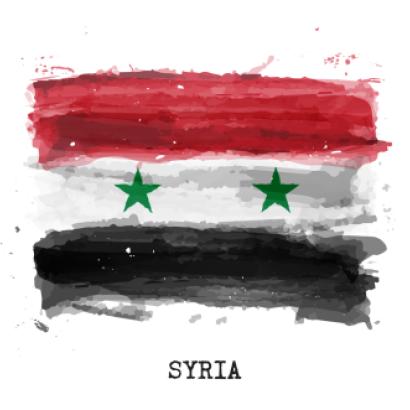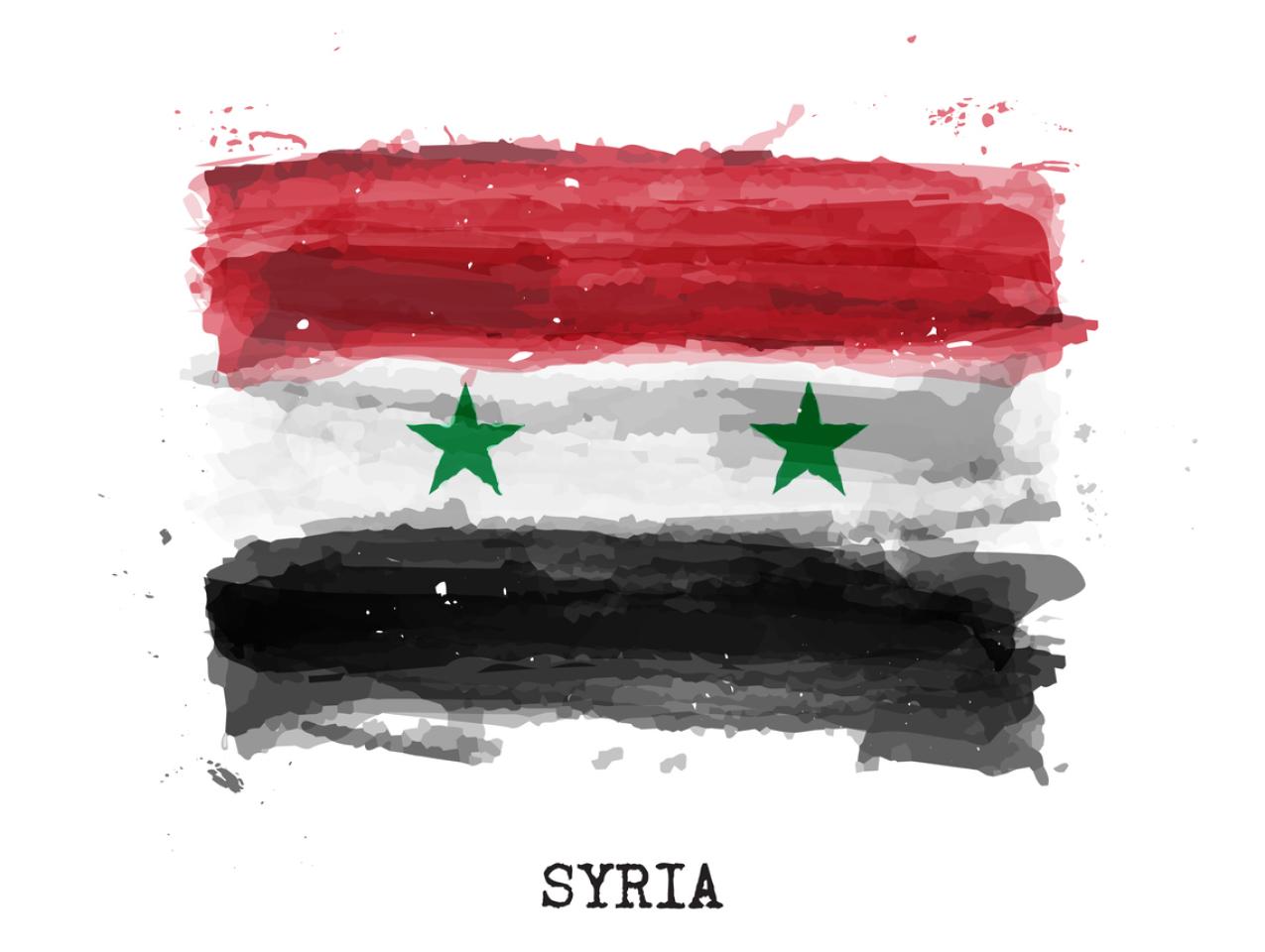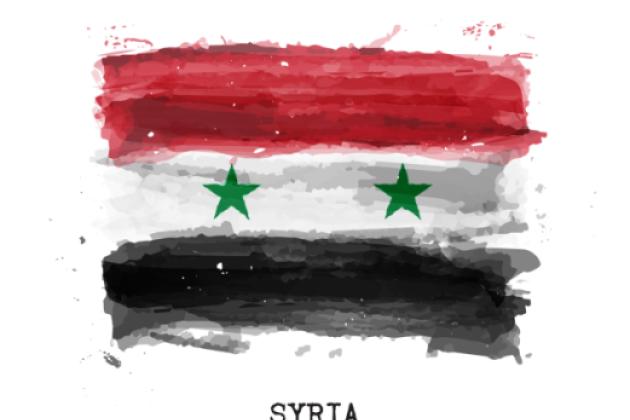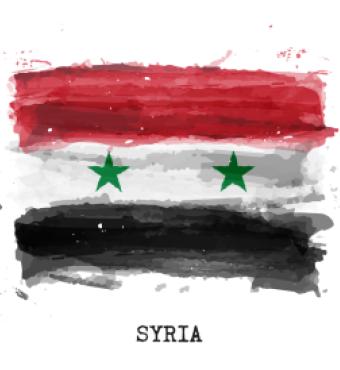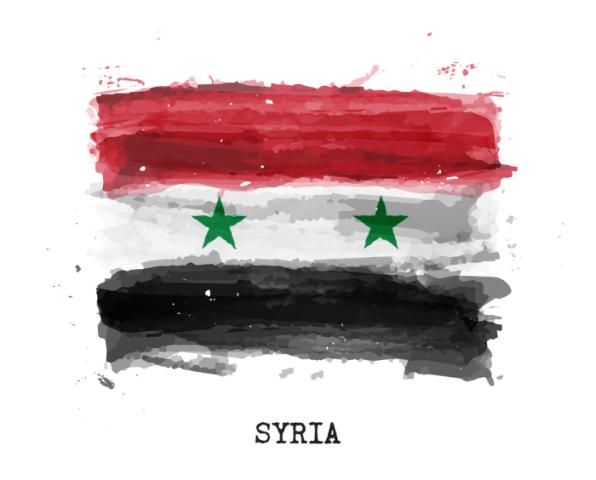Discussing America’s stake in the Middle East has increasingly become a shell game where our “interests” can quickly disappear depending on the changing sentiments of the president. The trajectory for American foreign policy in the Middle East is clear: down if not out. And although Democrats can occasionally give the impression that they are in favor of a more vigorous presence, that is probably just an anti-Trumpian reflex: if the president is in favor of abandoning the Kurds and leaving Syria, then Democrats are in favor of staying and reinforcing the alliance. The odds are high, however, that the left, following Barack Obama’s lead, wants much less of the Middle East, not more.
In Syria after walking away from the Kurdish People Protection Units (the YPG), Washington can no longer default significant counterterrorist tasks to local proxies. Its subsequent reinsertion of U.S. special forces—Trump again reversing himself—doesn’t change the calculus: no one now is going to count on the United States to stay a course, whatever that course may be. And we don’t know whether an Islamic State 2.0 and branches of Al-Qaida can effectively regroup in the wasteland that is Sunni Syria; we don’t know whether such groups will be significant threats to the West; and we don’t know how exercised Donald Trump, or a Democratic president, will be by radical outfits that tend to target Europeans more than Americans. Yet the odds are decent that new jihadist threats will coalesce since the Levantine Axis powers—the Alawite regime of Bashar al-Assad, the clerical regime in Tehran, and Vladimir Putin—appear unwilling or incapable of deploying sufficient manpower to quiet the country.
And it is a near certainty that Turkish president Recep Tayyip Erdoğan will again try to reassert his influence in Syria through Sunni militants whom Turkish intelligence has supported since the opposition to Assad radicalized. Yes, Erdoğan has worked out a modus vivendi with Tehran and Moscow; his position is strengthened if he has a means to inflict pain on Assad and the clerical regime’s forces in-country. And the Turkish president is a sincere Sunni Islamist. Also, the Sunnis aided by Ankara have usually been hostile to the Syrian Kurds, which in their YPG garb, remain Ankara’s primary foe south of the border.
To wit: if the United States wants to reassert itself inside Syria against some reborn Sunni jihadist threat, it will have to use its own forces far more aggressively, in greater numbers, than it has in the past.
But viewing Syria through a counterterrorist lens inevitably leaves us near-sighted. Radical Sunni groups blossomed in Syria because the Assad regime, in its barbarism, created them. The rebellion against Assad’s dictatorship gradually metastasized into ever more extreme outfits, which endured better upon the battlefield. Shiite-dominated Iraq, where Iranian influence also explicitly drove violent sectarianism, lent a significant hand to radicalization across a porous border. The Islamic State, an Iraqi–Syrian hybrid, arose in this vicious milieu. In opposition there were no outside forces, first and foremost the United States, France, and Saudi Arabia, willing or capable of supporting more moderate Syrian groups whose primary aim was guerrilla war against Iranian Revolutionary Guards and their allies. Obama’s small-scale military support to the Syrian opposition was designed to fail; Trump ended the farce entirely.
To put it simply but accurately: the Islamic Republic is now the primary driver of violent sectarianism since it has proven an effective vehicle for its regional ambitions. Counterterrorism against Sunni militants in the Levant ought to be seen as a subset of a much larger Persian Shiite problem.
Determining America’s interests in Syria obviously requires an appreciation for the larger region. And the country may be the linchpin of the Middle East. If the former head of the Revolutionary Guards in Syria, the late Brigadier General Hosein Hamedani can describe the country as “the key region…. In comparison to Iraq, Lebanon, and Yemen, Syria is the most important…it is in Syria, where our interests can most be hurt…,” then it certainly behooves senior American officials to consider the possibility that he is right.
If the ultimate American objective in the Middle East is to check the Islamic Republic’s expansion, to ensure that the clerical regime cannot exploit Iraq’s highway system to move soldiers and materiel, including medium-range missiles, easily into the Levant, then Syria is the choke point. This can be said with near certainty: if Tehran can develop medium-range missile bases and permanently deploy a significant ground force in Syria, all protected by advanced Russian air-defense systems, then it may be able to check Israel’s capacity to play a Middle Eastern cop, which is the role the Obama and Trump administrations have defaulted onto the Jewish State as Washington has thinned its objectives and responsibilities in the region. With Trump’s decision to not respond militarily to Iranian attacks against shipping in the Persian Gulf and a critical Saudi oil facility, the president has seriously undermined the fear that others have had of American power. If Washington is unwilling to risk war to thwart the clerical regime’s ambitions, then the only real hard-power check on Tehran is Jerusalem.
And surrounded by ever-better missiles in Lebanon, Syria, Iraq, and Iran, Israel naturally would hesitate to strike the Islamic Republic. Even with the Iron Dome anti-missile shield, civilian casualties might be staggering. Very soon, if not already, the Dimona nuclear facility will likely be vulnerable to Iranian cruise missiles, creating a specter of awful scenarios. And the possibility of an Israeli military check against the ongoing Iranian nuclear-weapons quest will diminish appreciably (the atomic archives stolen by Mossad in Tehran leave no doubt that the development of nuclear weapons didn’t stop in 2003, as the Central Intelligence Agency in 2007 confidently guessed). The Israelis might still make an effort to take out the clerical regime’s primary nuclear facilities, given Jerusalem’s existential fear of an Iranian nuke, but the Islamic Republic would have an increasing advantage: the more ballistic and cruise missiles Tehran can deploy, the more tempting it becomes for any Israeli cabinet to just live with a doctrine of mutually assured destruction.
And all those Iranian missiles and drones will certainly cut the Saudi hope that the Israelis might somehow be useful in checking Tehran’s aggression. The odds of Saudi acquiescence to Iranian demands have already increased. Crown Prince Muhammad bin Salman, the de facto ruler of Saudi Arabia, wasn’t at all bellicose after the clerical regime temporarily took out half of Saudi oil production at Abqaiq. The United Arab Emirates, historically a fair-weather friend in any anti-Iranian endeavor, has already signaled to Tehran that its heart really isn’t in any new anti-Persian Arab alliance. Riyadh and Abu Dhabi have overwhelming air superiority in the Gulf and could easily have destroyed Kharg Island, through which about 95% of Iran’s oil exports flow, in retaliation for the attack on Abqaiq. They did nothing—except signal their fear and dependency upon Washington.
The Trump administration’s hope that Sunni Arab Gulf states could somehow step up, allowing the United States to step down in the region, just doesn’t look plausible. Imagine a scenario where the clerical regime has billions of dollars to spend on advanced Russian and Chinese weapons, which surely would have happened when United Nations Security Council Resolution 2231, proscribing conventional arms sales to Iran, expires in October, 2020, had it not been for Trump’s re-imposition of sanctions, which has drastically reduced Tehran’s access to hard currency. Armed with advanced conventional weapons, in addition to thousands of ballistic and cruise missiles, Tehran’s capacity to humble, if not invade, its neighbors, could become overwhelming—barring an American willingness to intercede militarily. In particular, Bahrain, with its historic ties to Iran and its large, badly-treated Shiite population, would be a sitting duck. From Bahrain, the clerical regime could easily convulse the Arabian peninsula.
It’s certainly possible to imagine a situation where Washington could seriously undermine Iranian power in the Levant. For this to happen, however, it would require a bipartisan consensus if not a new Congressional authorization for the use of force. President Trump would have to make an explicit argument that Iran needs to be checked on the ground. His harsh anti-Iran rhetoric has always left a big doubt that he is prepared to do anything to check Iranian imperialism. The president would need to make it crystal clear that the counterterrorist mission against Sunni jihadists will not end as long as Tehran and Damascus are slaughtering Sunni Syrians.
Washington is certainly capable, if Republican and Democrats can agree on the baleful nature of the Islamic Republic, to make the clerical regime bleed in Syria in the way it made the United States bleed in Iraq. Simple justice, let alone strategic common sense, ought to incline Washington to train and aid Syrians willing to take the fight to the Revolutionary Guards, allied foreign Shiite militias, and Alawite forces. It’s not too late to do this. If there is American will, there’s always a way. Barring such action, however, U.S. foreign policy in Syria will, at best, devolve into a holding action against an Iranian-Alawite-Russian advance at Dayr az-Zor, the critical juncture of Iraqi and Syrian highways, and a waiting game to see whether American sanctions and rioting Shiites throughout the region can crack the Islamic Republic and its imperialism.
Reuel Marc Gerecht is a senior fellow at the Foundation for Defense of Democracies.







